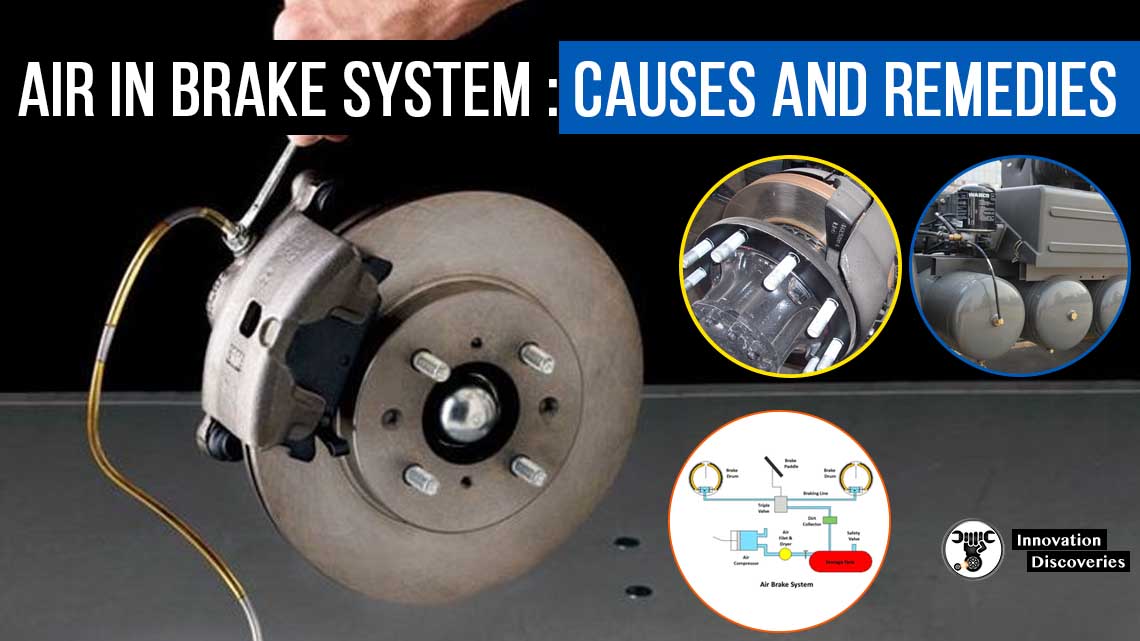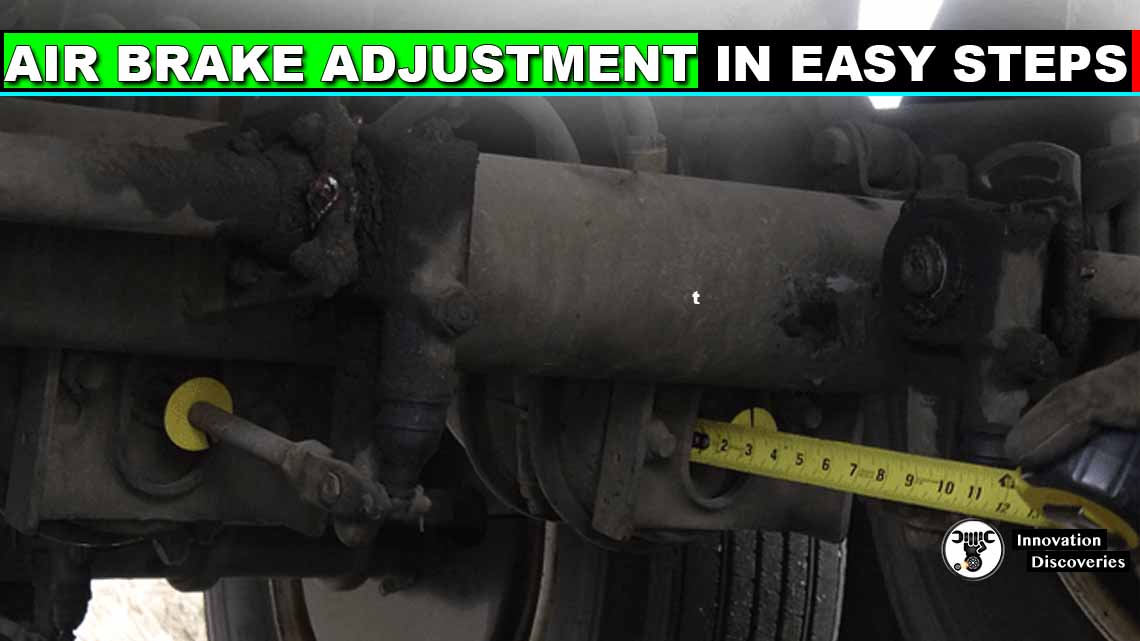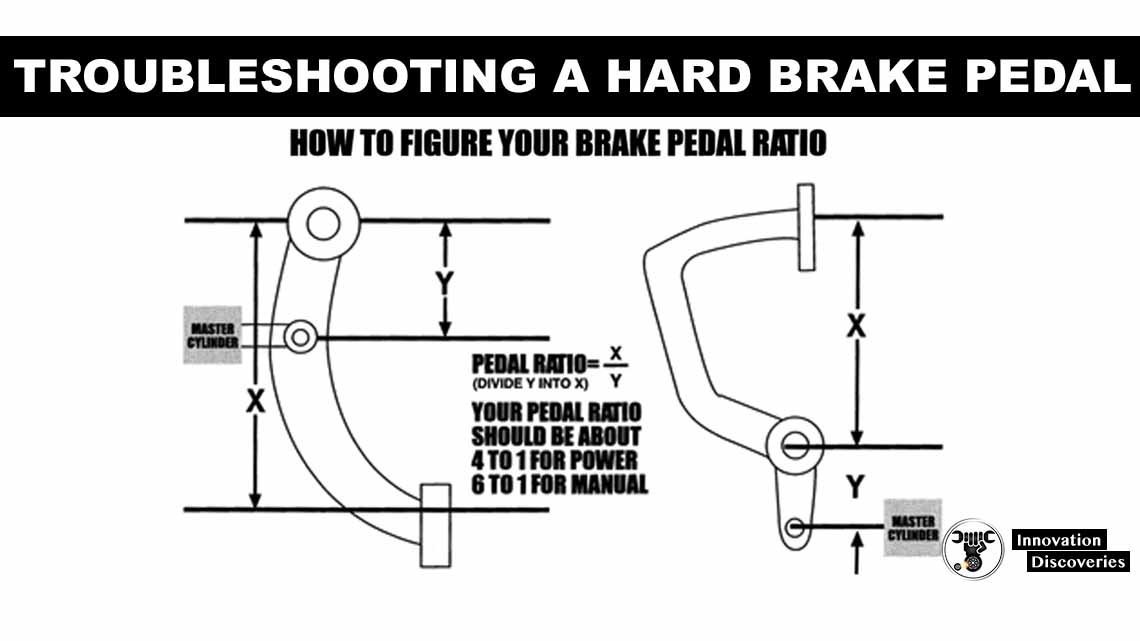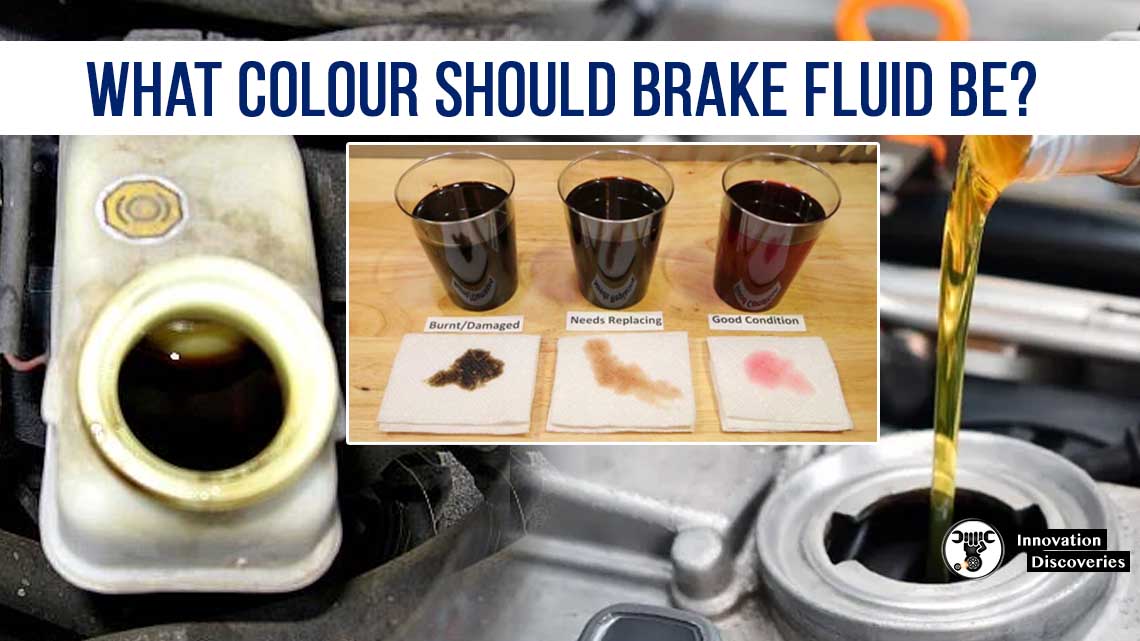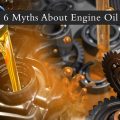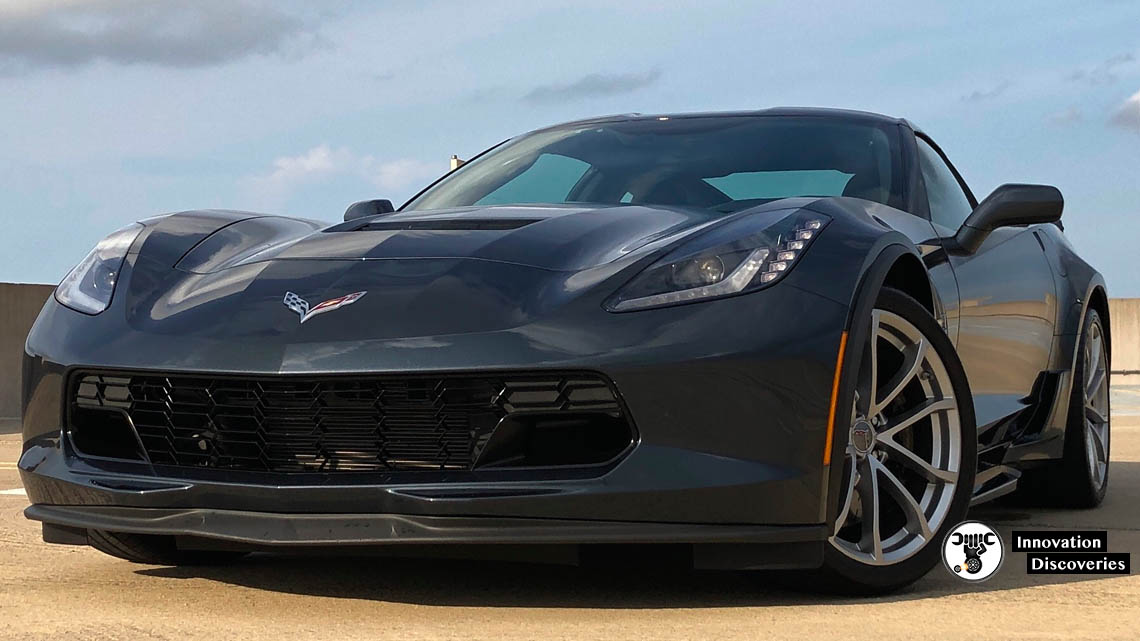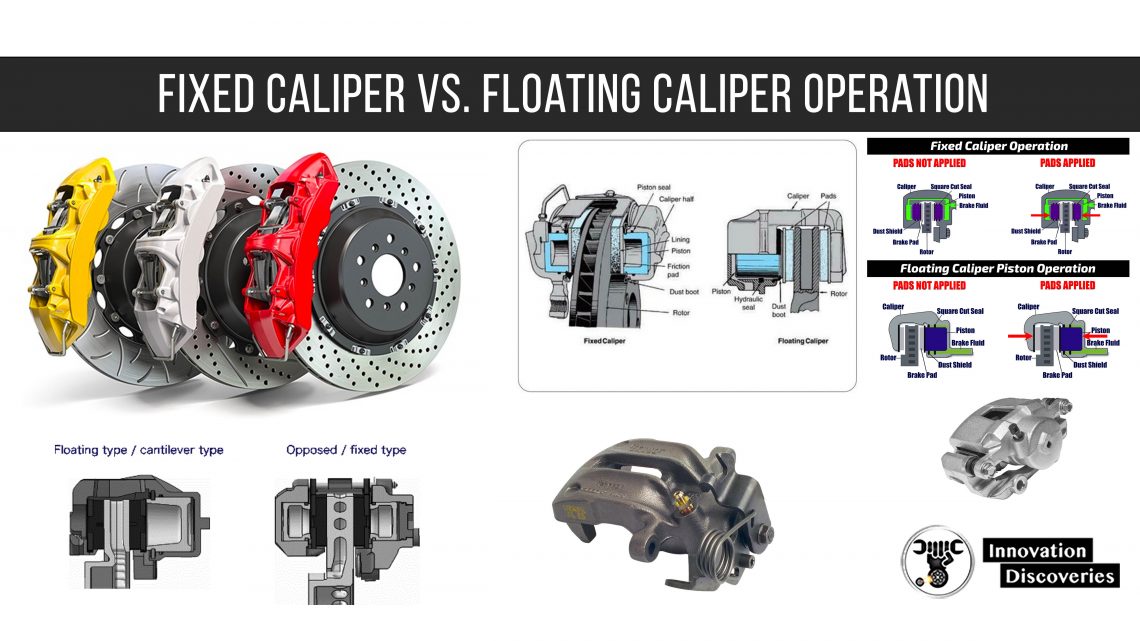
Premature Inboard Pad Wear
How a floating caliper operates in comparison to a fixed caliper…?
It is important to understand the difference between these two caliper types.
Once you understand how a floating caliper works, it emphasizes how critical it is to properly lubricate the disc brake system to make sure that the caliper is able to move freely.
DON’T MISS | DISC BRAKE CALIPER ASSEMBLY
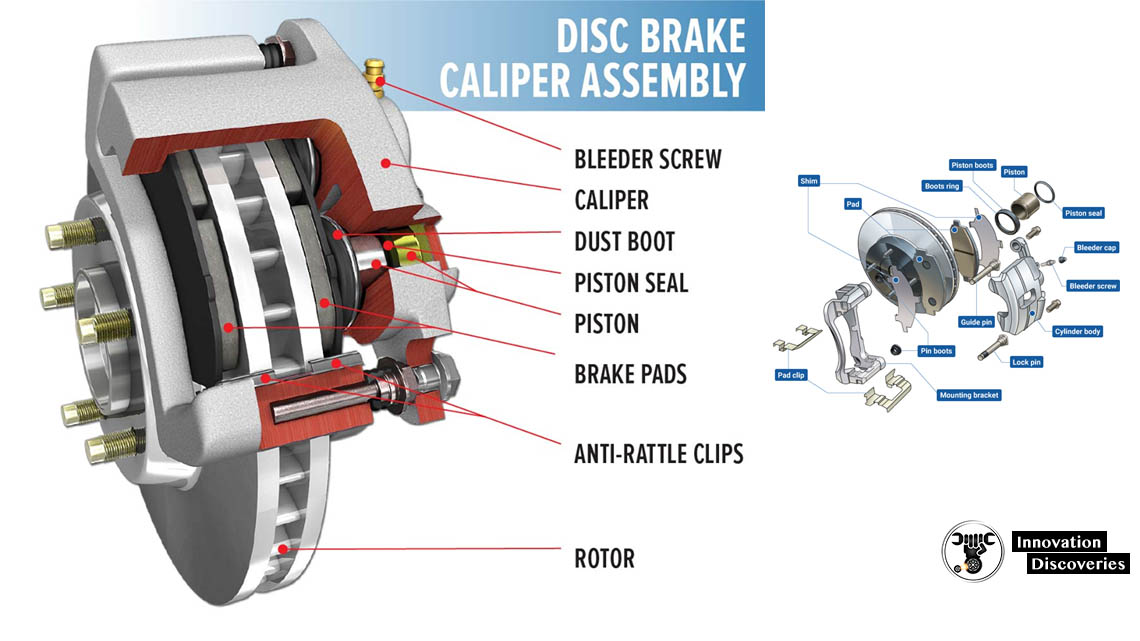
Fixed Caliper Operation
A fixed caliper’s operation is simple to understand. A fixed caliper does not move when the brakes are applied.
There are pistons on both sides of a fixed caliper.
When the brakes are applied, the pistons apply the brake pads on both sides against the rotor.
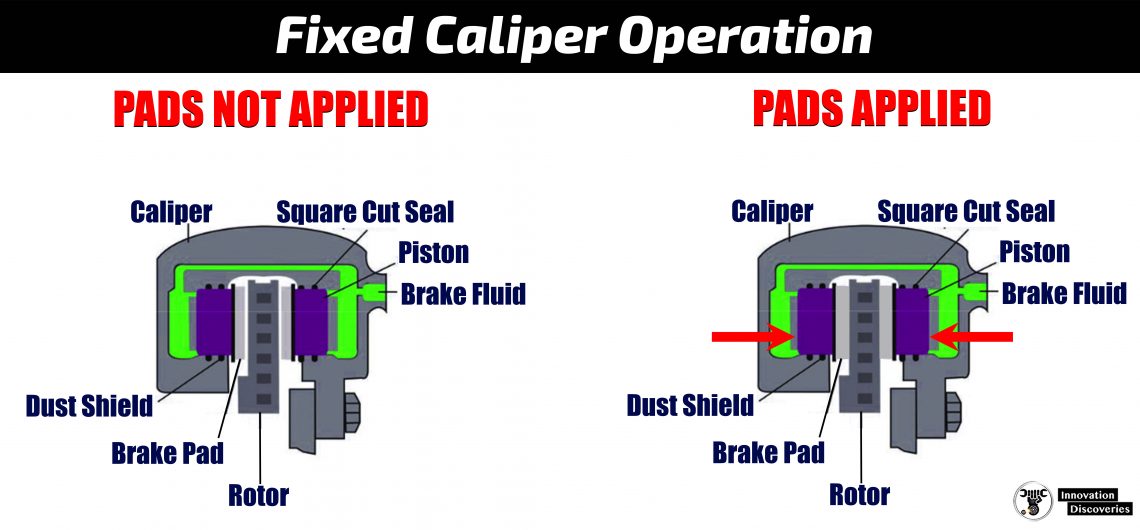
Floating/Sliding Caliper Operation
A floating caliper’s operation is a little more complex. With a floating caliper, there is only one piston.
So how does a floating caliper apply the outboard pad?
When the brake pedal is applied, the piston comes out and applies the inboard pad.
At the same time, as the piston comes out, the caliper itself slides inward to apply the outboard pad.
That is why it is so important to properly lubricate caliper slide pins.
If the caliper isn’t able to slide properly, the outboard pad won’t be able to make contact with the rotor.
This leaves the inboard pad to take over tbraking responsibilities.
When this happens, you will see premature wear on the inboard pad.
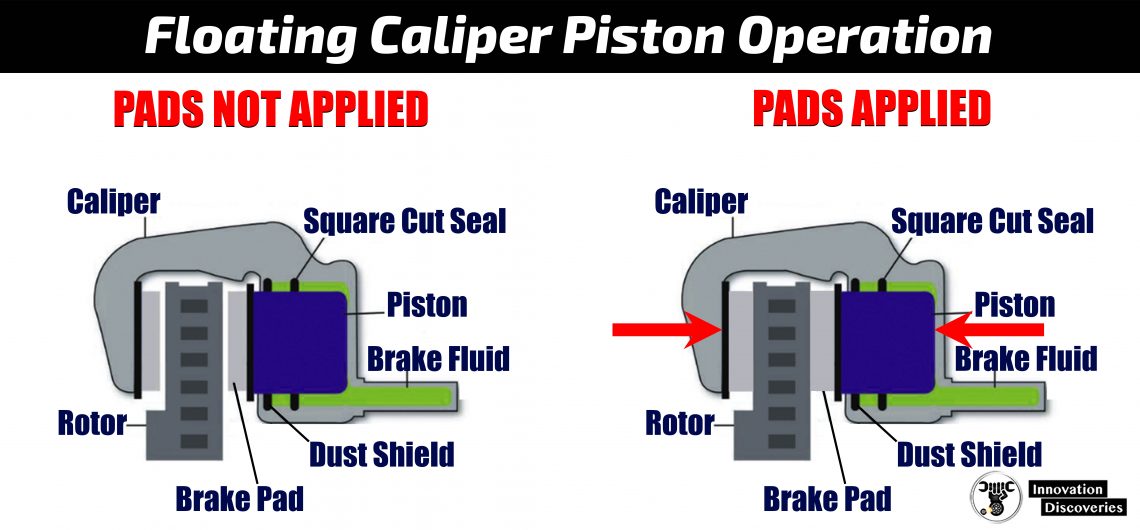
Repair Procedure:
Make sure that when doing a brake job on a disc brake system, you properly lubricate the following:
- Caliper slide pins and bushings
- The face of the caliper piston where it contacts the pad
- The outboard caliper casting where is contacts the pad
- The surface of the abutment clips where the brake pads ride on the clips.
Use a silicone-based brake lubricant with a high-temperature melting point.
Do not use petroleum-based lubricant. It will cause the rubber to swell and impeded caliper movement.
Don’t over-apply the lubricant. A thin coat will do the job.
By properly lubricating the brake system, you will help ensure the disc brake system can move freely and properly apply both brake pads.
Also, read: DIFFERENCE BETWEEN DRUM BRAKE AND DISC BRAKE
Also, read: The Importance of Measuring Brake Pad Thickness
More About Braking Systems
- Top 5 Causes of Steering Wheel Shakes at Low and High Speeds
- HOW HYDRAULIC BRAKE WORKS?
- AIR BRAKE SYSTEM: COMPONENTS, WORKING PRINCIPLE, AND APPLICATIONS
- HOW DOES REGENERATIVE BRAKING WORK?
- 8 REASONS YOUR CAR IS MAKING GRINDING NOISE WHEN BRAKING
- Regenerative Braking System
- JAKE BRAKE VS. EXHAUST BRAKE: WHICH IS BETTER?
- SQUEALING BRAKES AT LOW SPEED: CAUSES AND SOLUTIONS
- TROUBLESHOOTING A HARD BRAKE PEDAL
- CONVERT DRUM BRAKES TO DISC BRAKES IN 3 STEPS!
- CAUSES OF THE BRAKE WARNING LIGHT COMING ON

AIR BRAKE ADJUSTMENT IN EASY STEPS
Read: TROUBLESHOOTING A HARD BRAKE PEDAL
Read More: WHAT’S THE DIFFERENCE BETWEEN BRAKE SHOES AND BRAKE PADS?
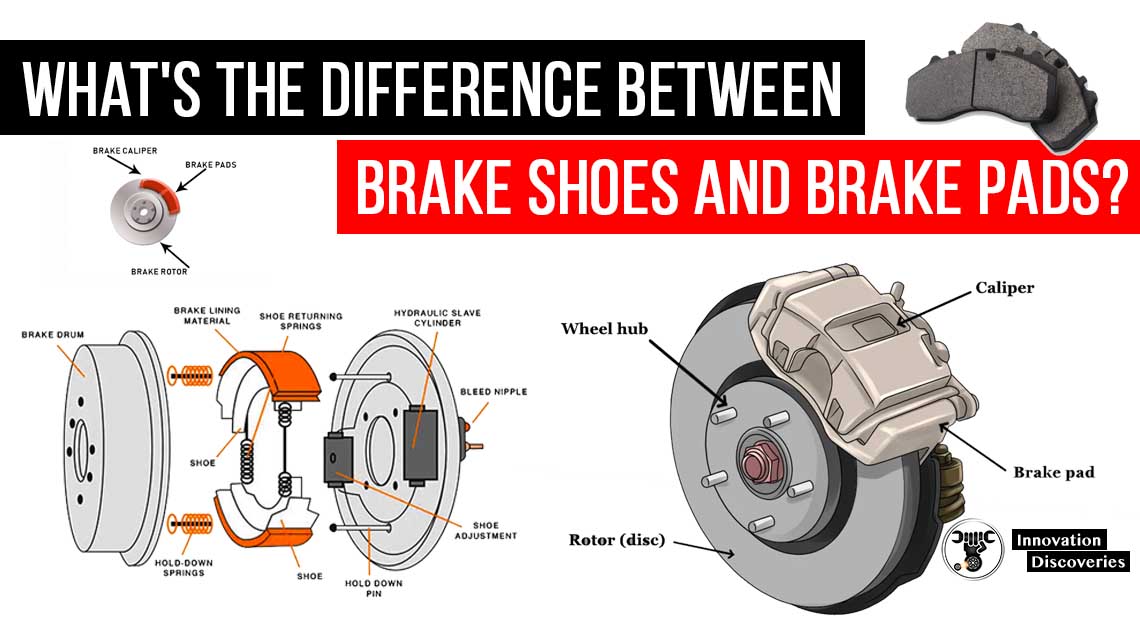
- RENEWING DRUM-BRAKE SHOES
- DIFFERENCE BETWEEN DRUM BRAKE AND DISC BRAKE
- WHAT IS BRAKE BOOSTER? HOW BRAKE BOOSTER WORKS?
- DISC BRAKES: CONSTRUCTION, WORKING PRINCIPLE, TYPES, AND ROTOR MATERIALS
Visit Forum
Visit Our Friendly Website


